Tinker Crate is a subscription box that inspires kids to learn about science, engineering, and technology, all while having lots of fun. Each month, the box explores a field of study within a STEM (Science, Technology, Engineering, and Math) discipline. Kids practice their problem-solving skills and learn how to engage in both structured and open-ended exploration and investigation. Most boxes walk the tinkerers through the construction of fairly complex mechanical devices.
DEAL: Use this link to save 30% on your first box of Tinker Crate! (or Kiwi Crate and the KiwiCo family subscriptions Koala Crate, Tadpole Crate, Atlas Crate, Doodle Crate, and Eureka Crate).
LIMITED TIME HOLIDAY DEAL: save 60% off your first box! Just use coupon code CHEER60 when you sign up at KiwiCo!! Your first box will be $7.95 or $11.95 for Eureka Crate.
This month, we are building a VACUUM CHAMBER.
Everything arrives together in a single Tinker Crate – the supplies, a fold-out instruction sheet, and the Tinker Zine.
Tinker Zine
The main project is always a great hands-on activity and a great demonstration of the scientific principles featured in the box, but the Tinker Zine is full of well-written, historically and scientifically accurate background and explanatory materials. This where the lessons really take shape!
This month’s Tinker Zine discusses air pressure, vacuums, and more!
The Tinker Zine is a superb resource for clearly articulated explanations of mechanical and electronic concepts. They always incorporate diagrams and several real-life examples to illustrate the lessons.
It also discusses how our lungs work when we take a breath. About 20,000 times a day our lungs use air pressure to bring air in and out of our body. By changing pressure, we can make air move, and the trick is by changing the size of our lungs!
Tinker Crate Blueprint + Materials
The instructions and other essential project information are printed on a faux blueprint fold-out sheet.
It has a lot of explanatory notes, and they highlight or bold important and technical areas.
It has illustrations of all the materials needed for each portion of the assembly. For more complex builds, this is really handy for getting out just what you need for the current step.
First things first, we need to build the pump, and eventually the vacuum chamber.
To do so, we will be needing the following materials: first, for the pump, we are using the rubber tubing, tube connector, valves, and a syringe. From home, we’ll just be needing a pair of scissors.
After completing the pump, you can test it out by pulling and pushing the syringe.
Tinker Crate Activities
To complete the vacuum chamber, aside from the completed pump, we’ll also need some rubber stopper, binder clip, brad, bell jar, rubber ring, and of course, the vacuum base.
The kids easily followed the instructions from the blueprint to complete the setup.
We have two experiments for this chamber that the crate provided materials for, and these are the blown-up balloon and jingle bell rock. The box provided some balloons and a jingle bell!
They put the bell inside the chamber, at first, the kids thought that they would hear the bell ring but it doesn’t! That is because there’s no air inside the chamber!
For the balloon, they first inflated it in a size smaller than the jar.
Then, they put the balloon inside the chamber and started working with the pump. The kids noticed that the balloon got slightly bigger than its initial state.
Next thing they tried is soda! They placed some on a beaker before placing it inside the chamber.
The liquid looks like it’s boiling as it produces lots of and bigger bubbles!
Next thing they tried are the soft and fluffy marshmallows.
After subjecting the treats inside the chamber, we noticed that the marshmallows shrinked!
The Tinker Zine also explained how Vacuum Chambers work. It is an enclosure from which air and other gases are removed by a vacuum pump that results in a low-pressure environment within the chamber, and that is what we call the vacuum!
Tinker Crate Extensions
As an extended activity, we also get to do the pipette challenge! We’ll try if we can get water from one pipette to another by applying the same principles.
Also, we get to make our own barometer. A barometer is an instrument that is used to measure the atmosphere’s pressure. A change in air pressure would also mean a change in the weather as well.
The Zine also provided more ways to tinker via the Tinker Library, where they suggest related literature for this month’s topic: Weather by Dan Green and Simon Basher and STEAM Lab for Kids by Liz Lee Heinecke.
Learning about certain principles and how they work is made more interesting by being able to test them out, and Tinker Crate did a very good job on that! This month’s lesson about air pressure is one of the most interesting and fun scientific principles. As we go along the experiments, I can see that my kids are really eager to learn about Vacuum Chambers and how they work with the different materials they’re testing inside. And boy did they test! A sock, a slice of bread, a nose sucker for the baby – they tested everything!
Aside from building and learning, they also get quality playtime! We’re looking forward to more exciting and fun activities that this crate will let us try out!
Have you tried Tinker Crate yet with your kids?

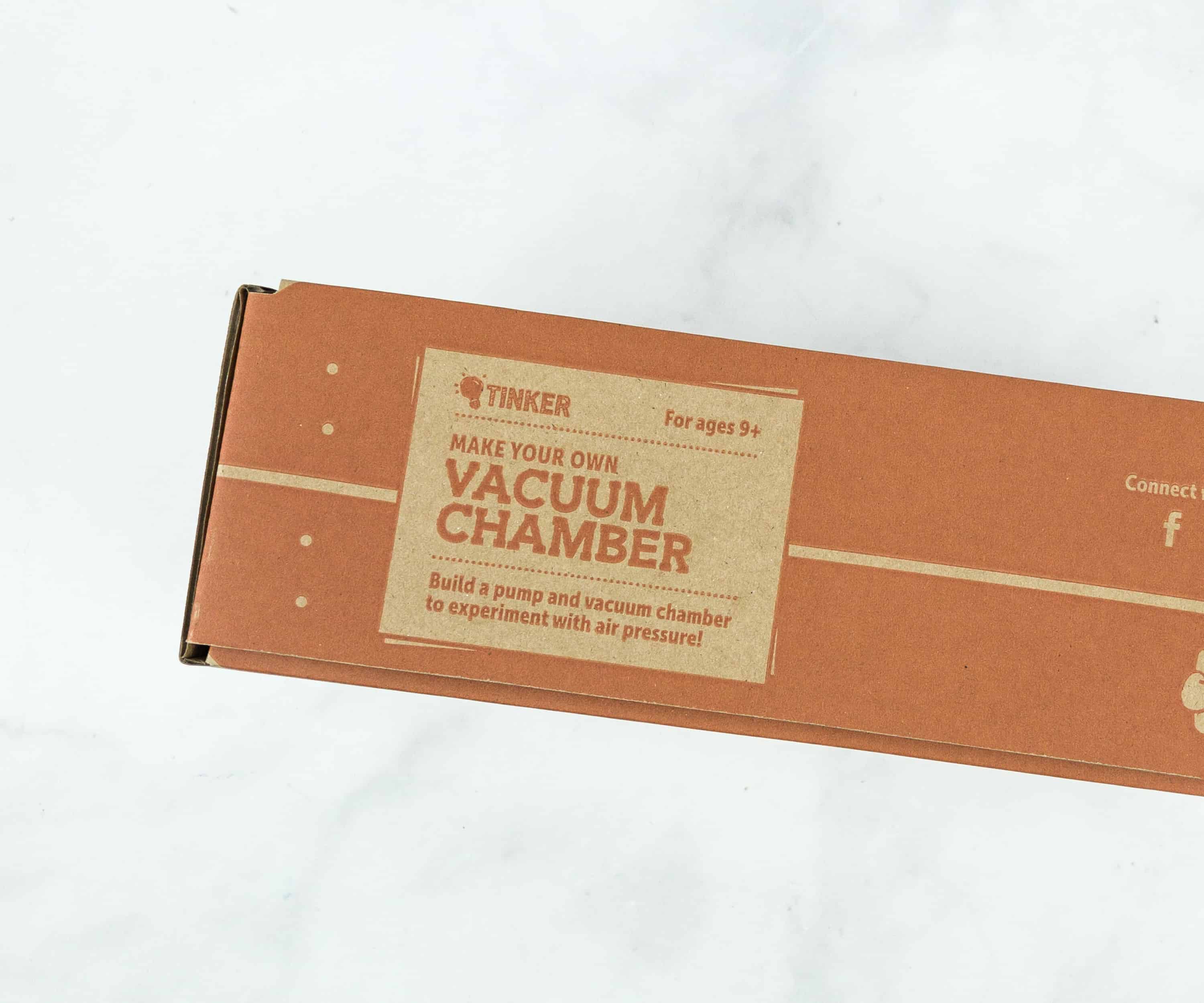
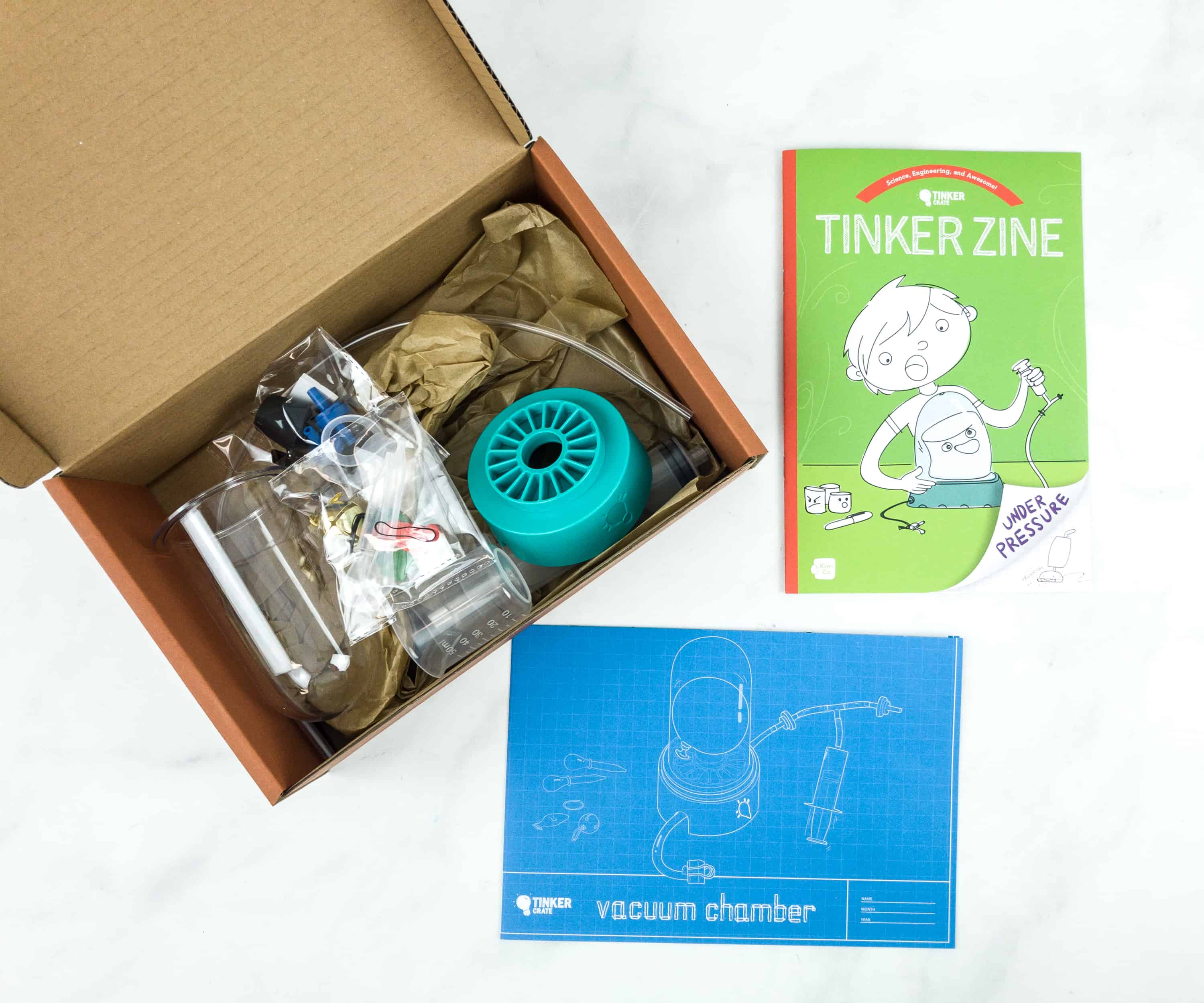
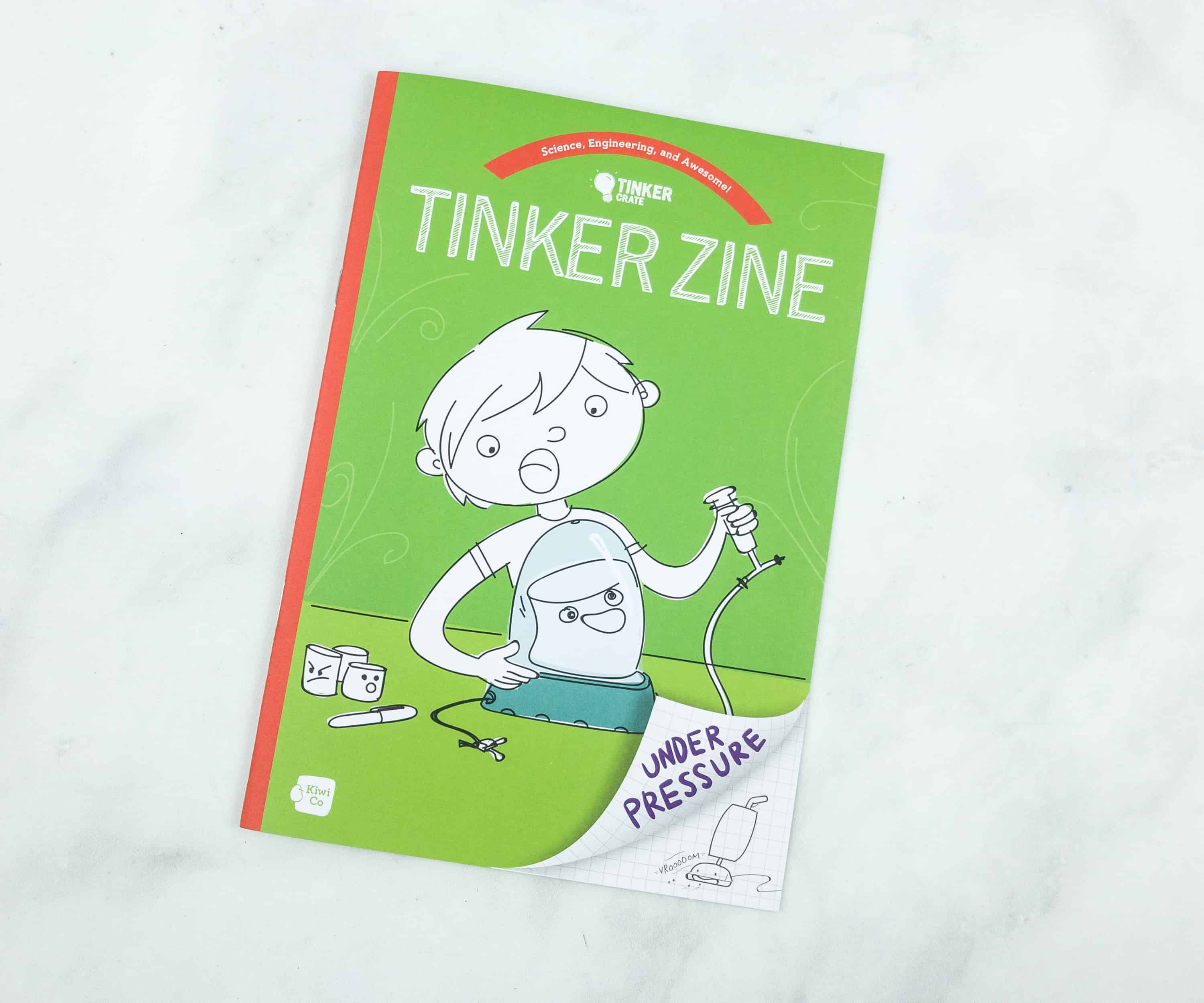
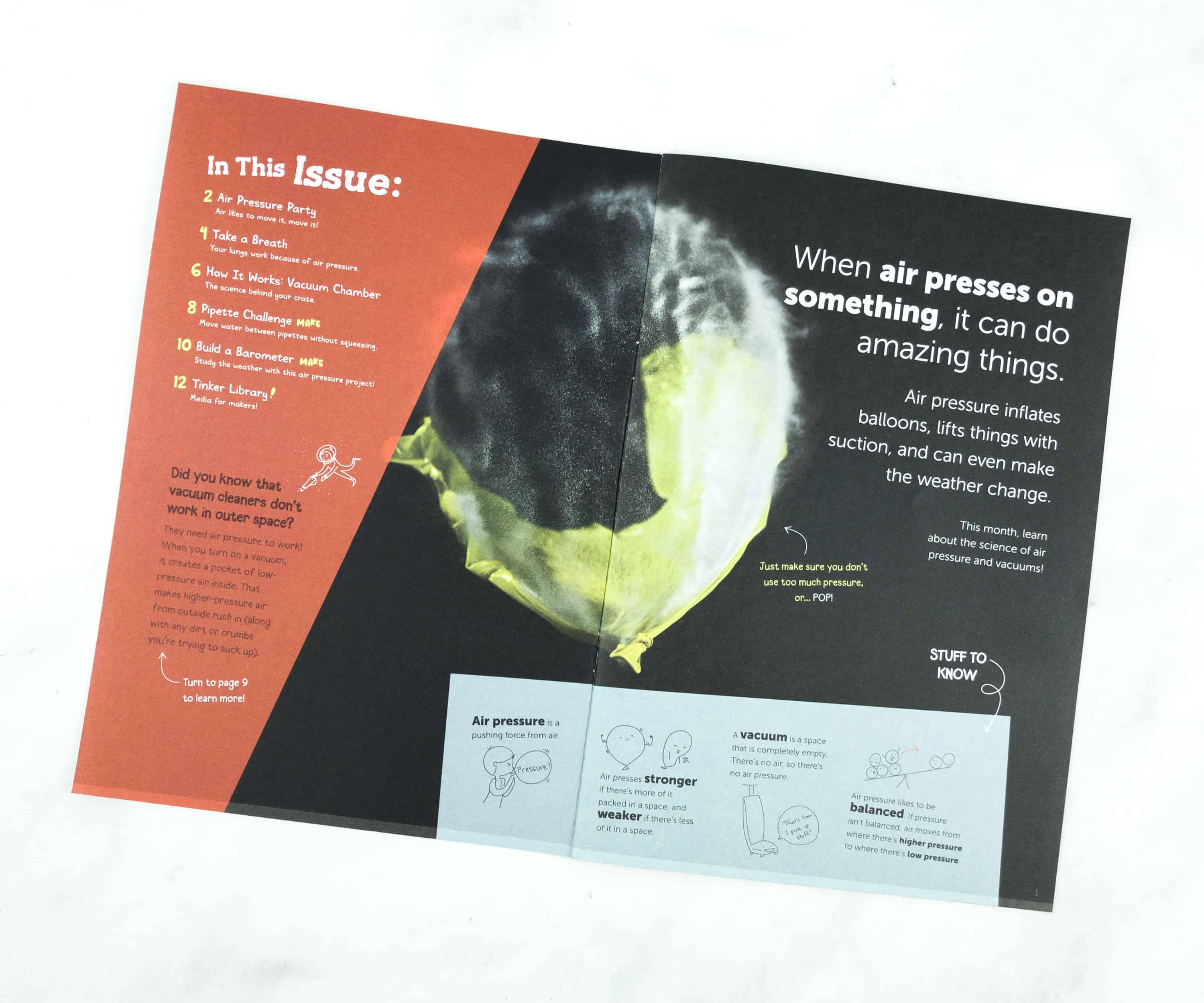

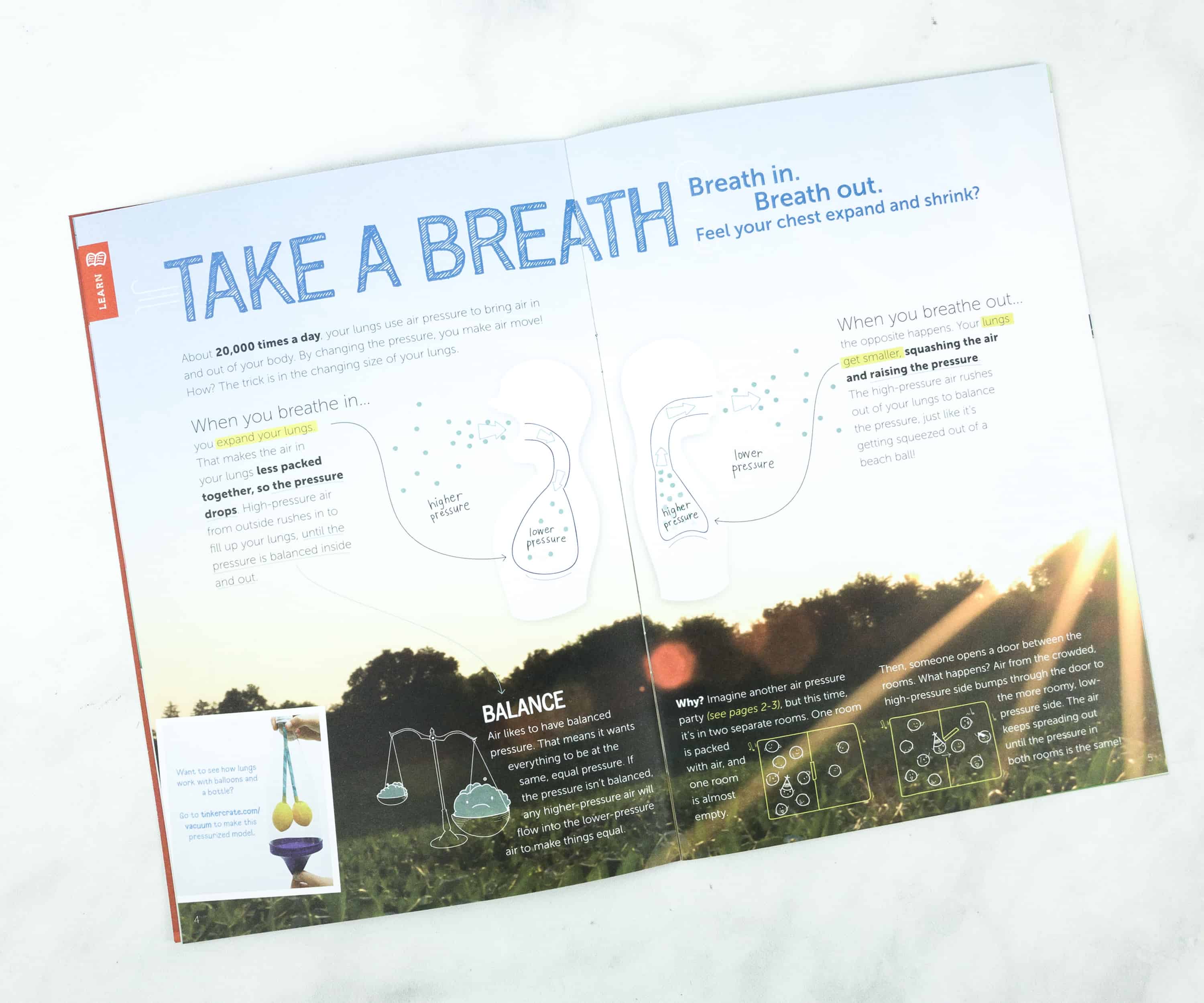
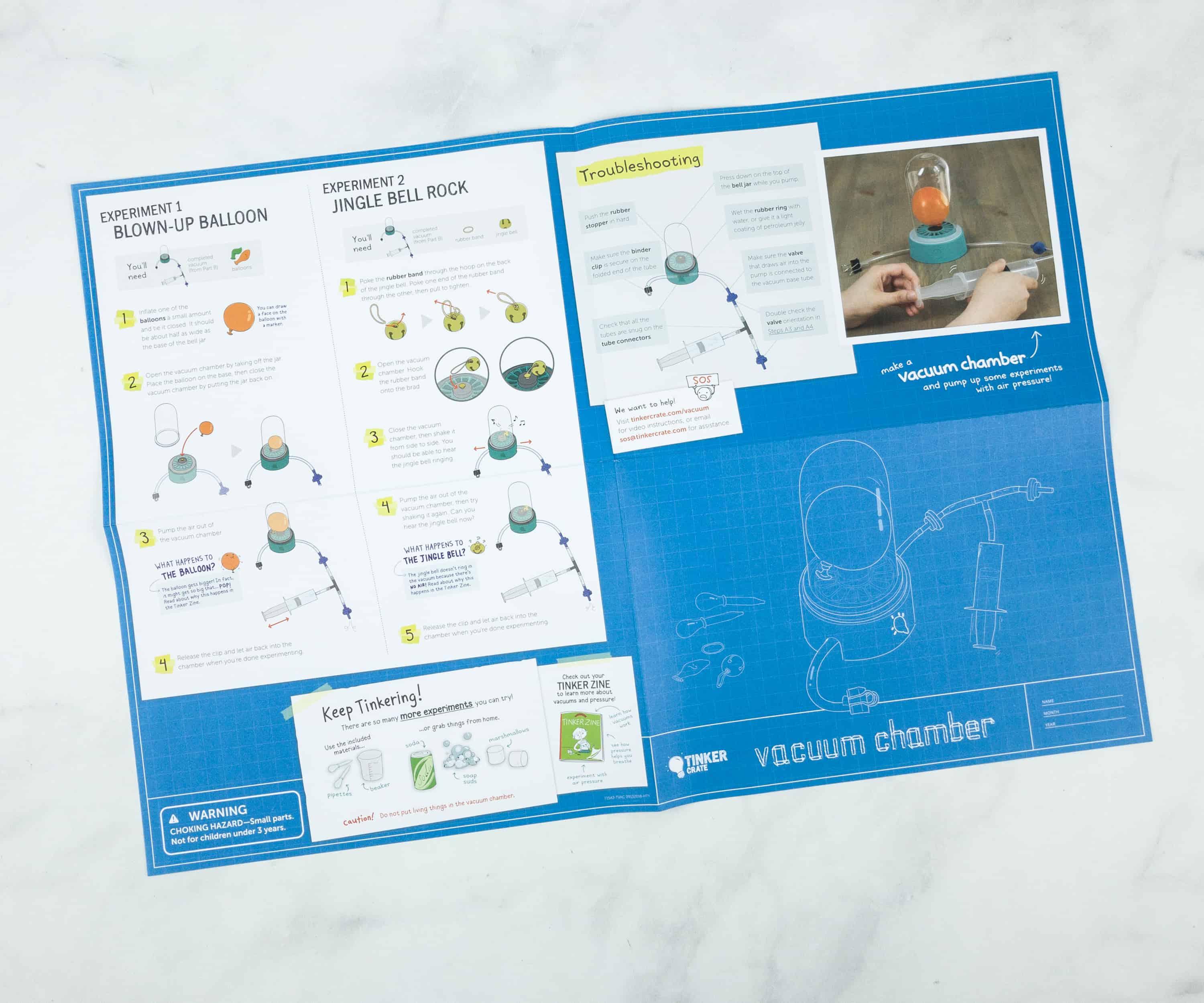
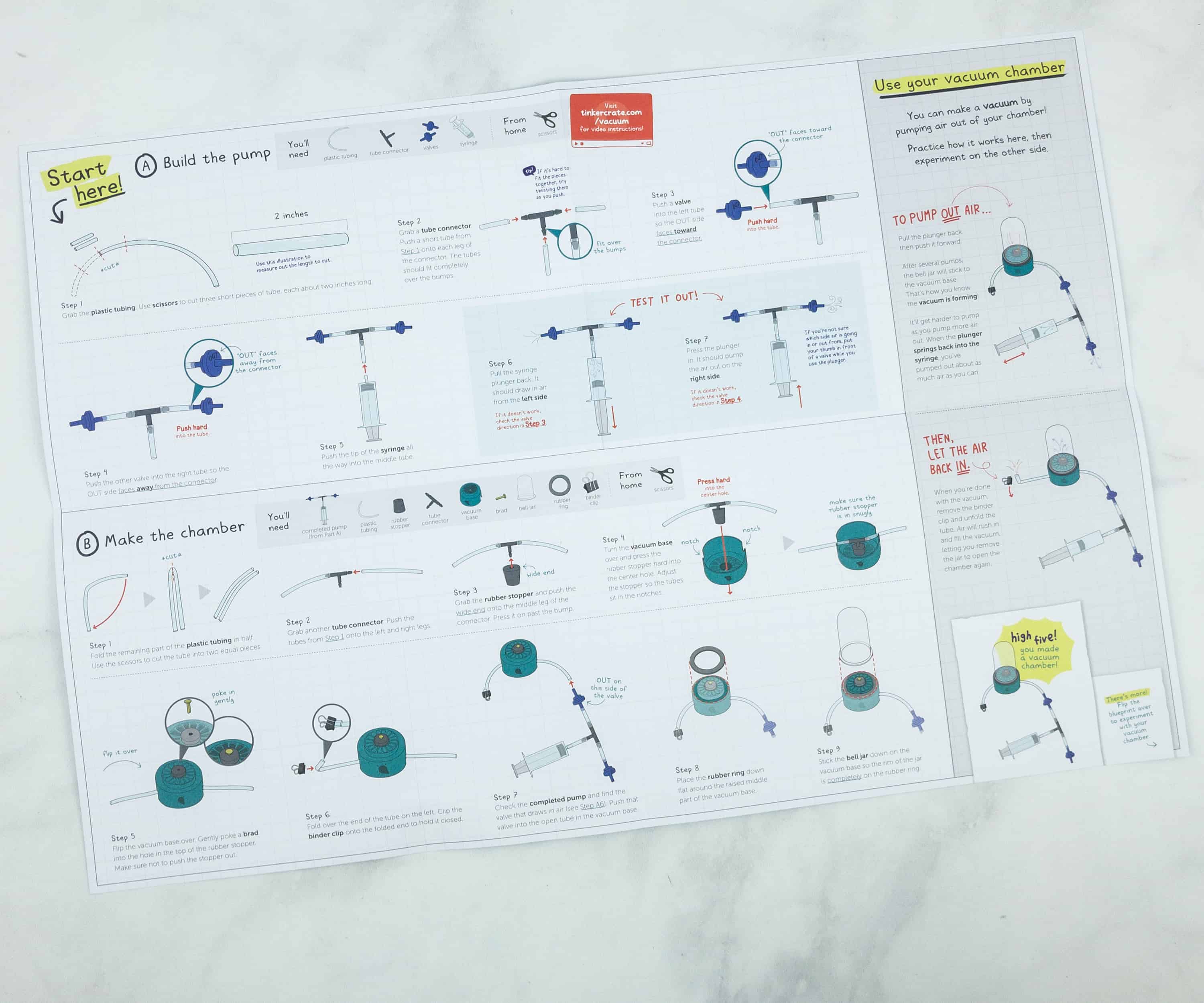
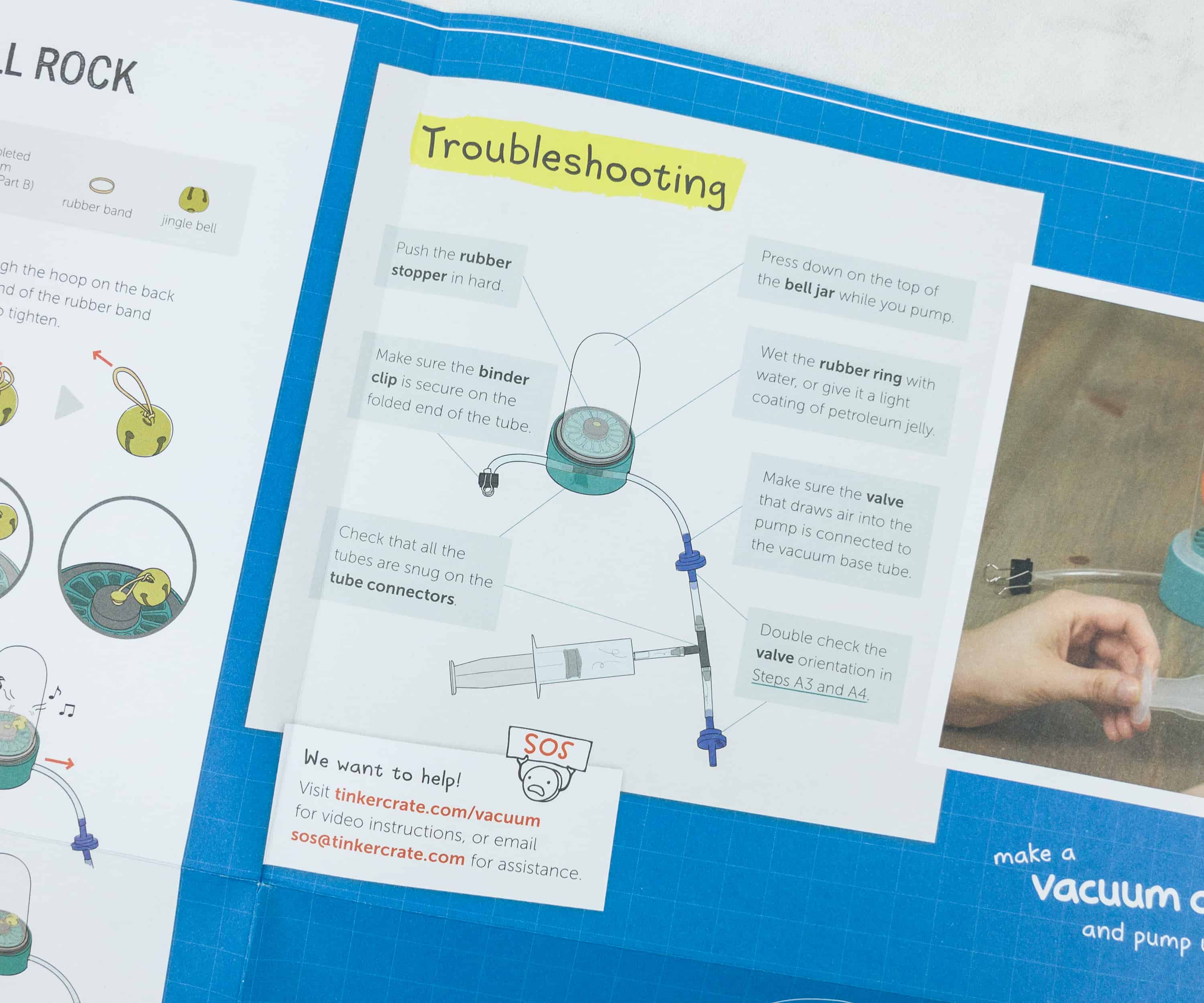
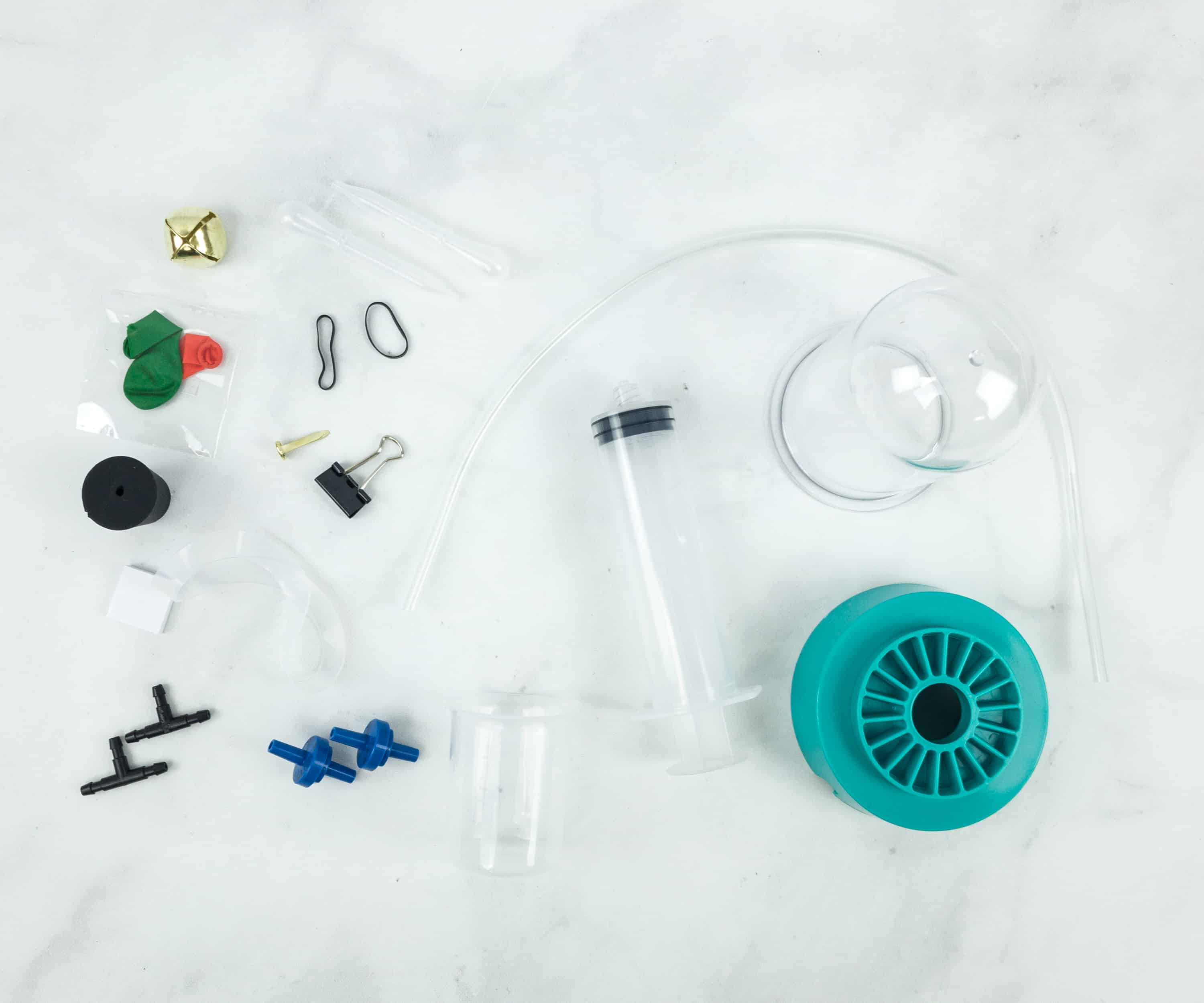
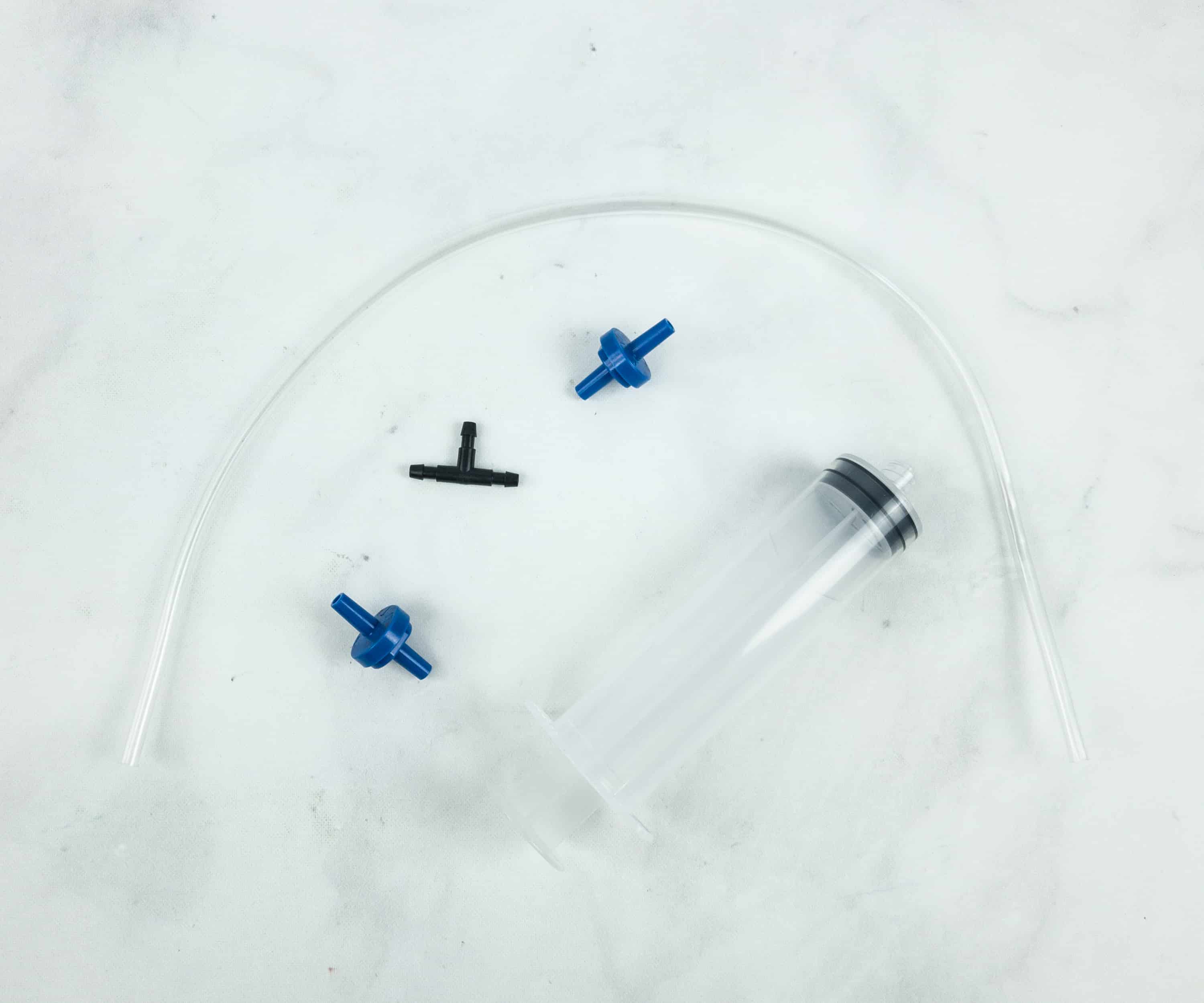



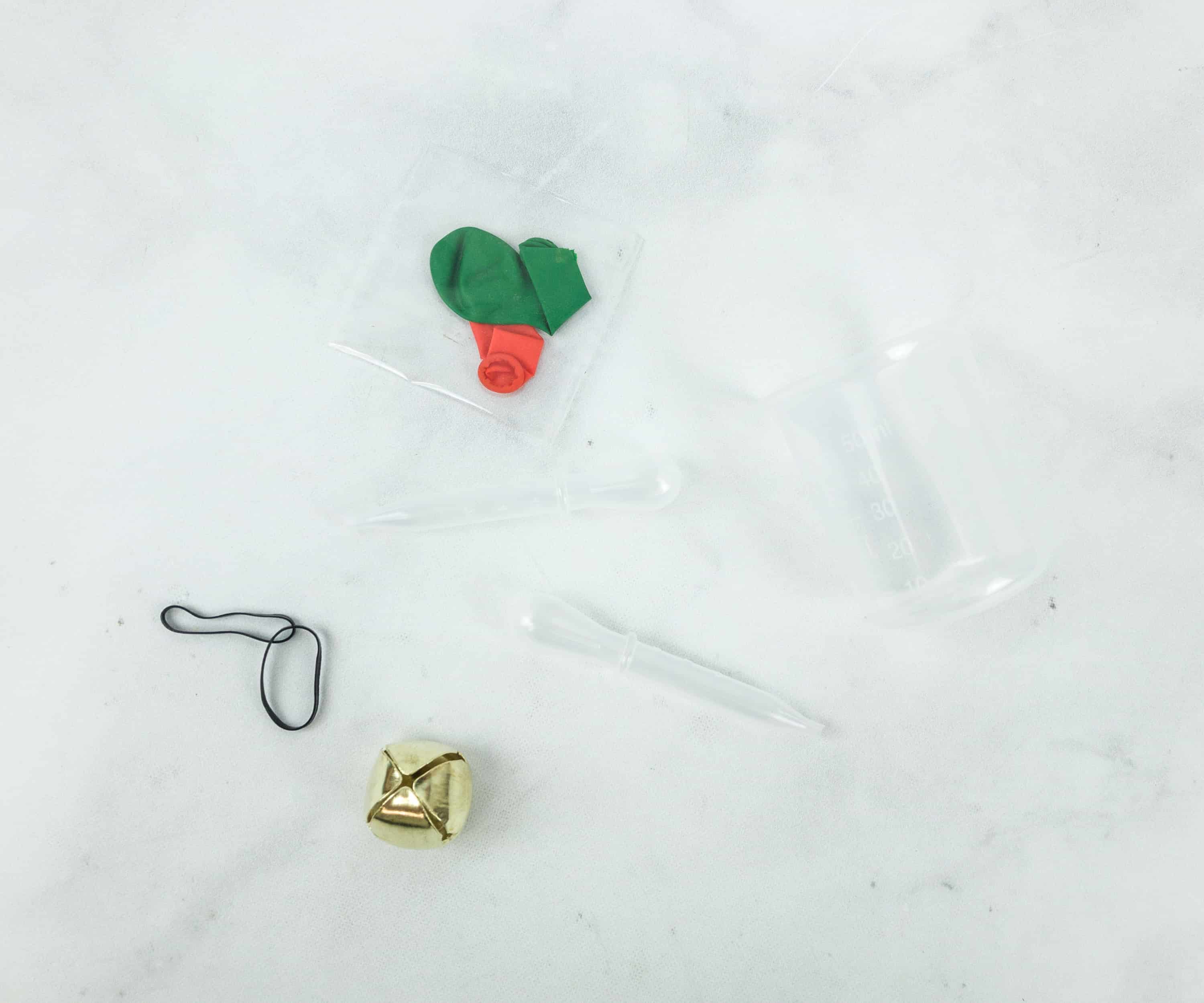
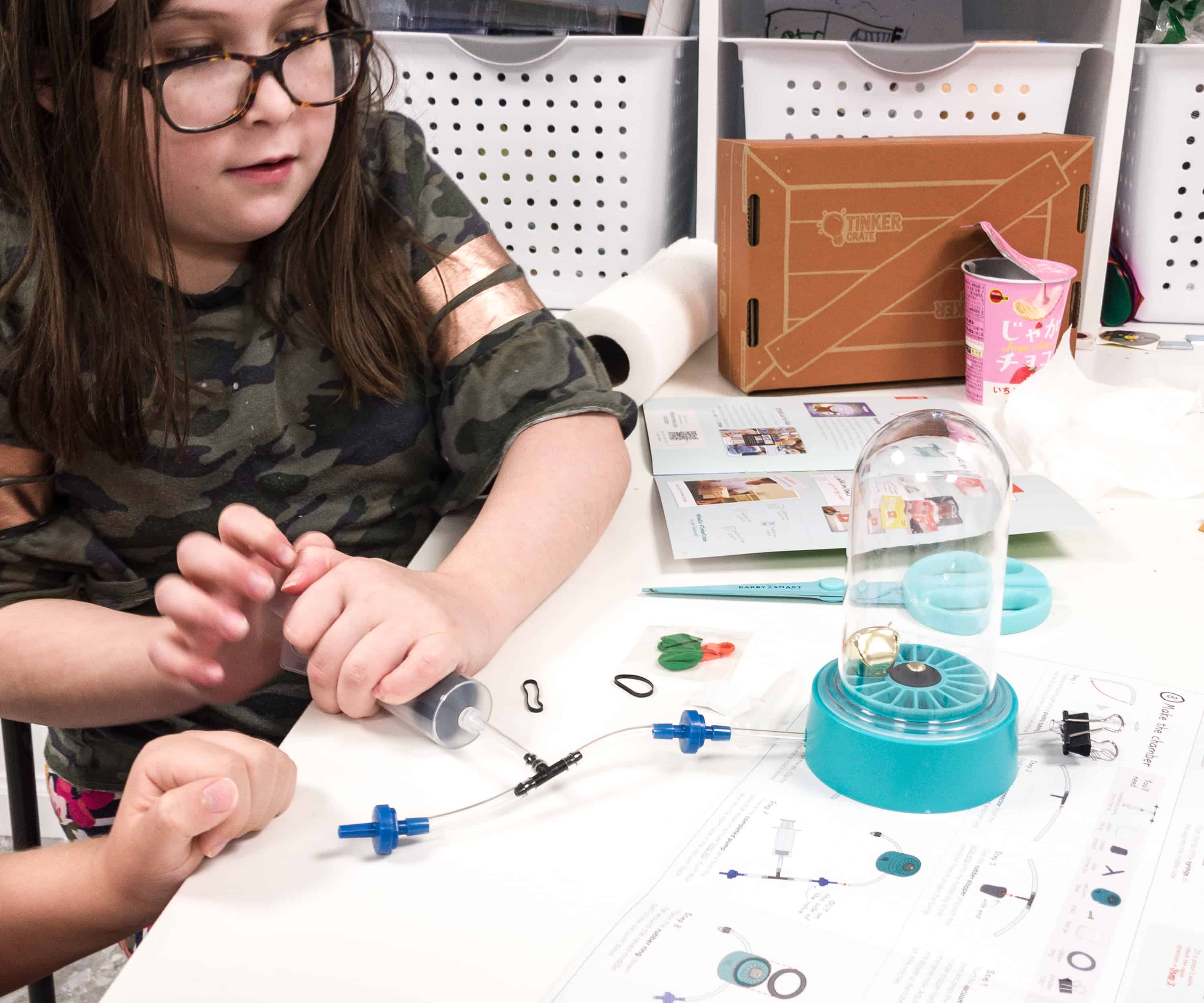
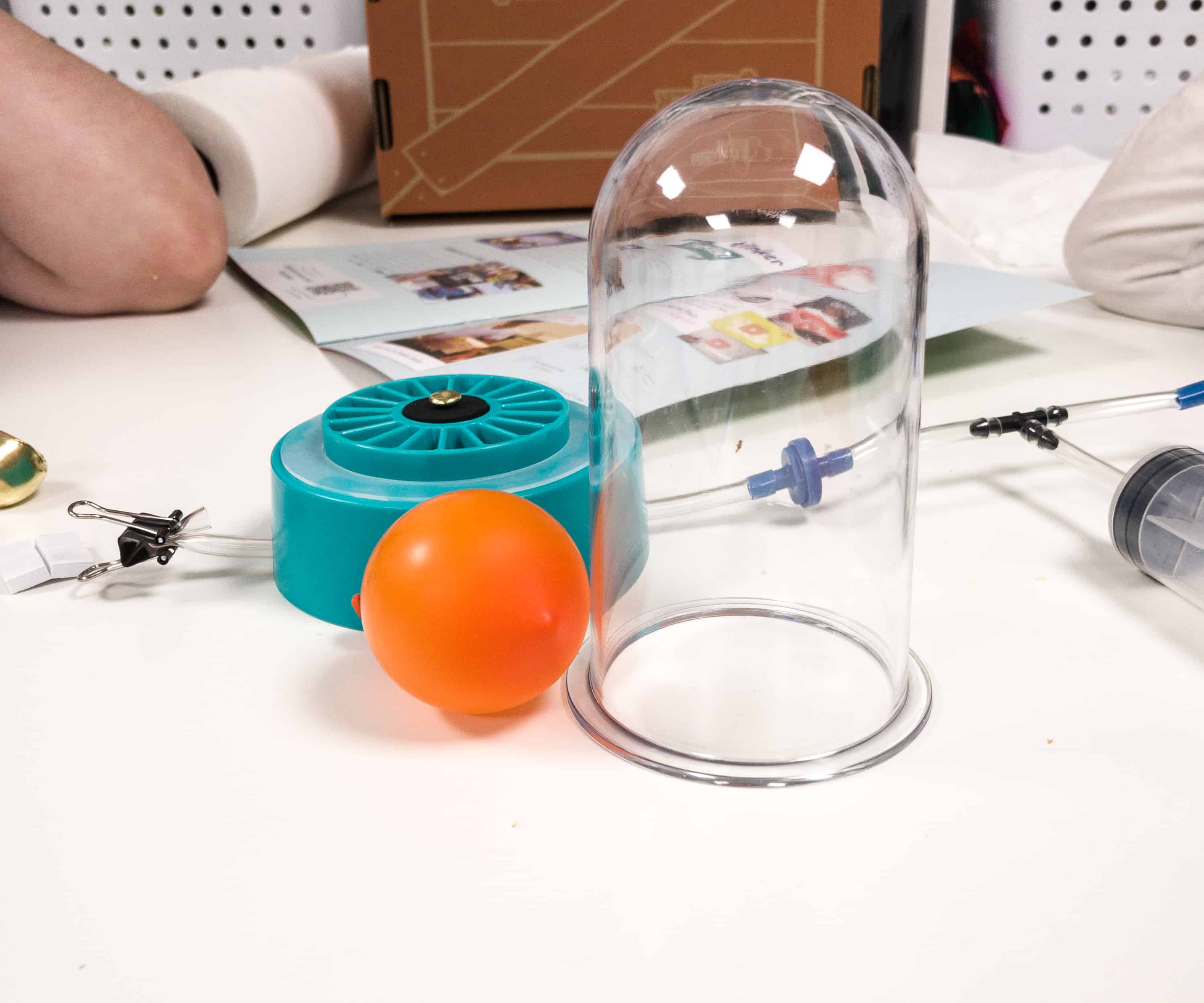
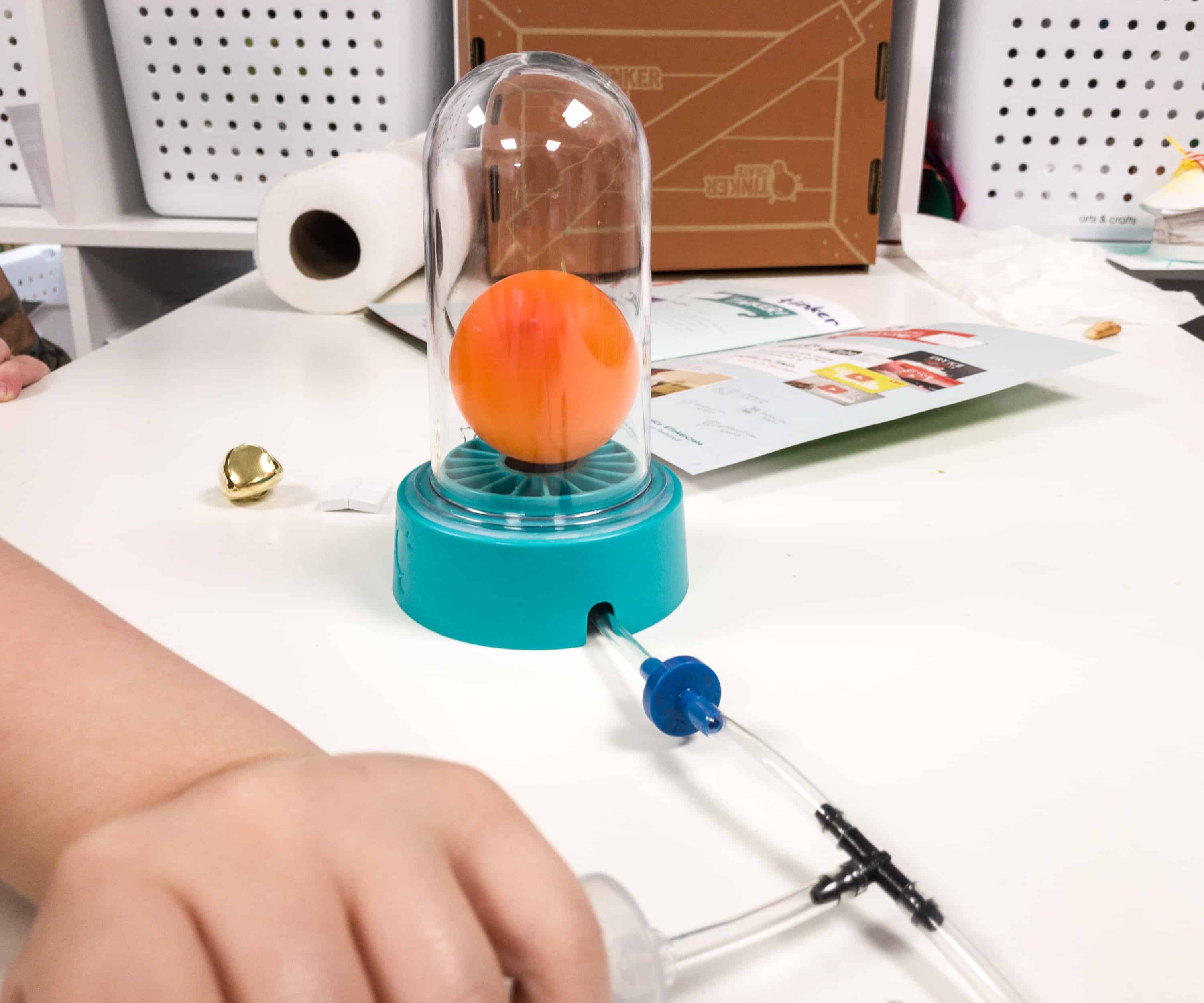
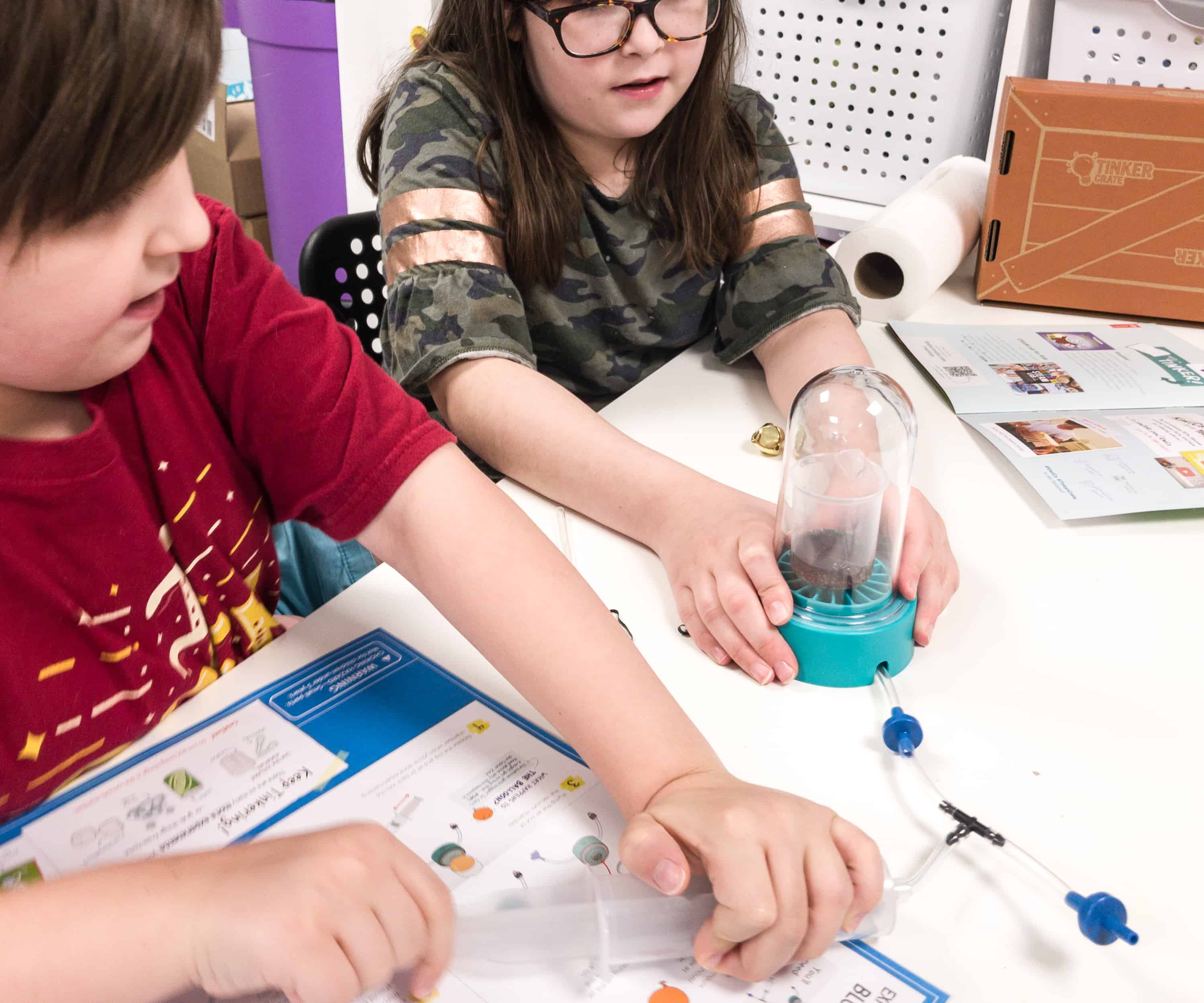


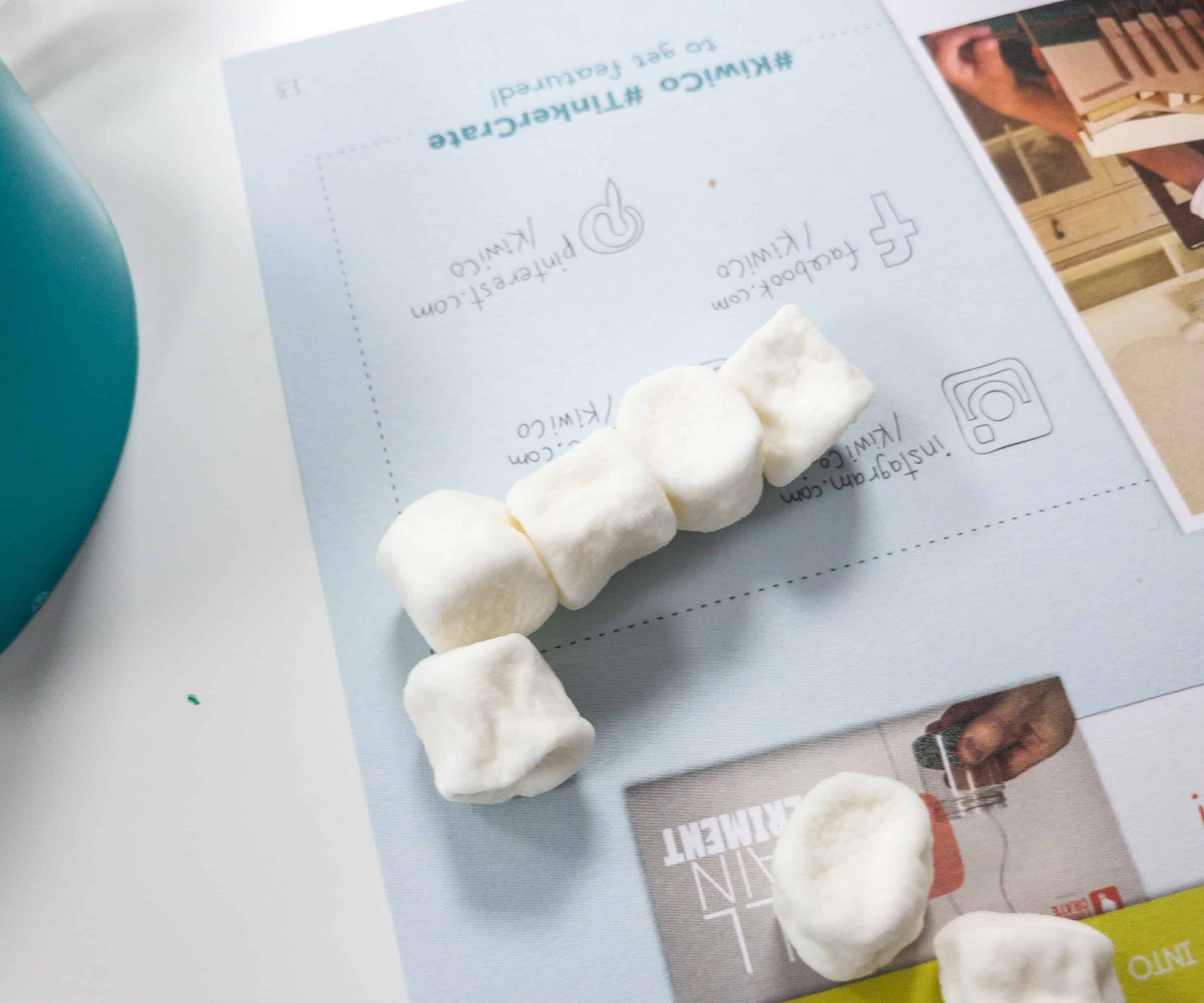
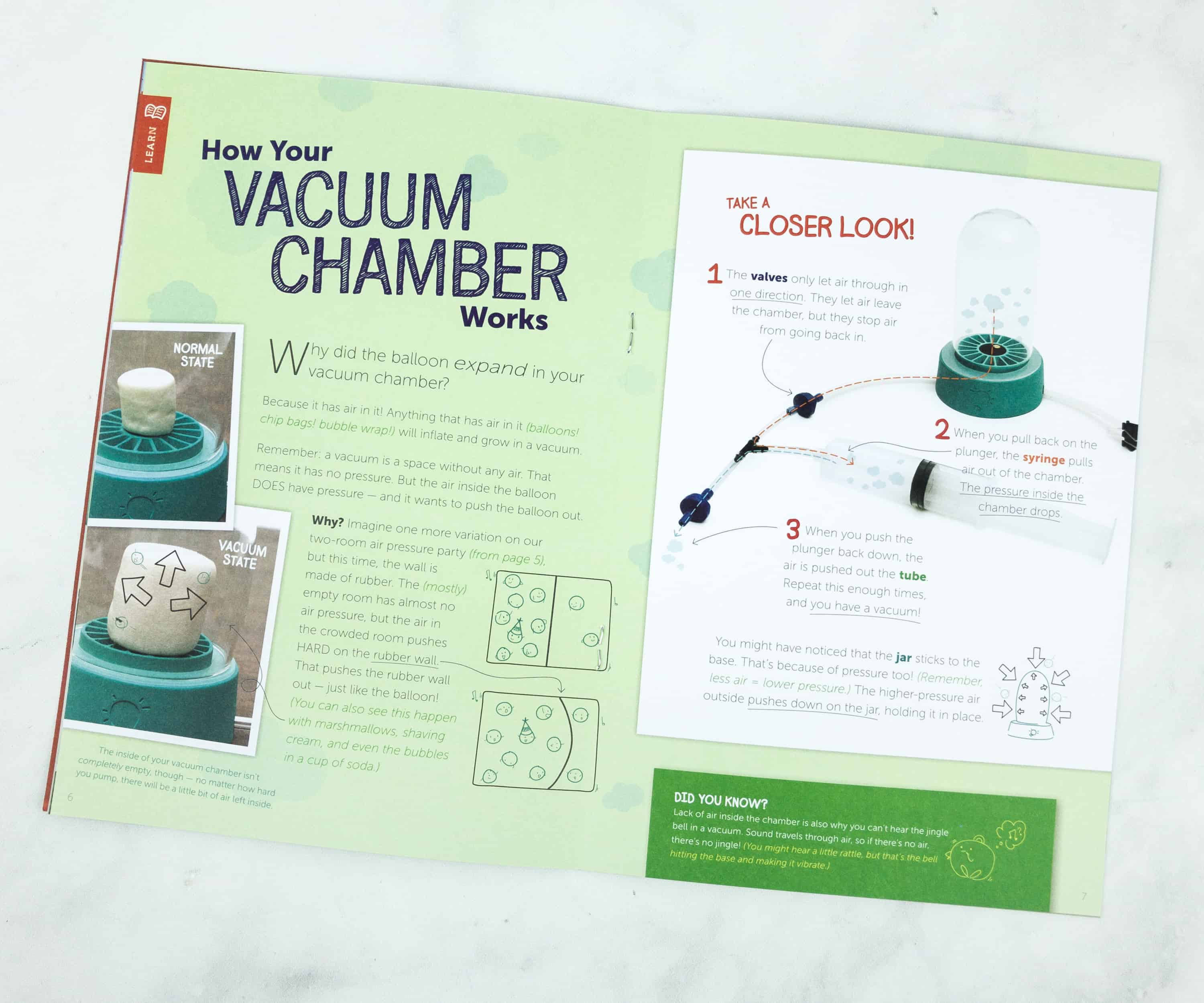

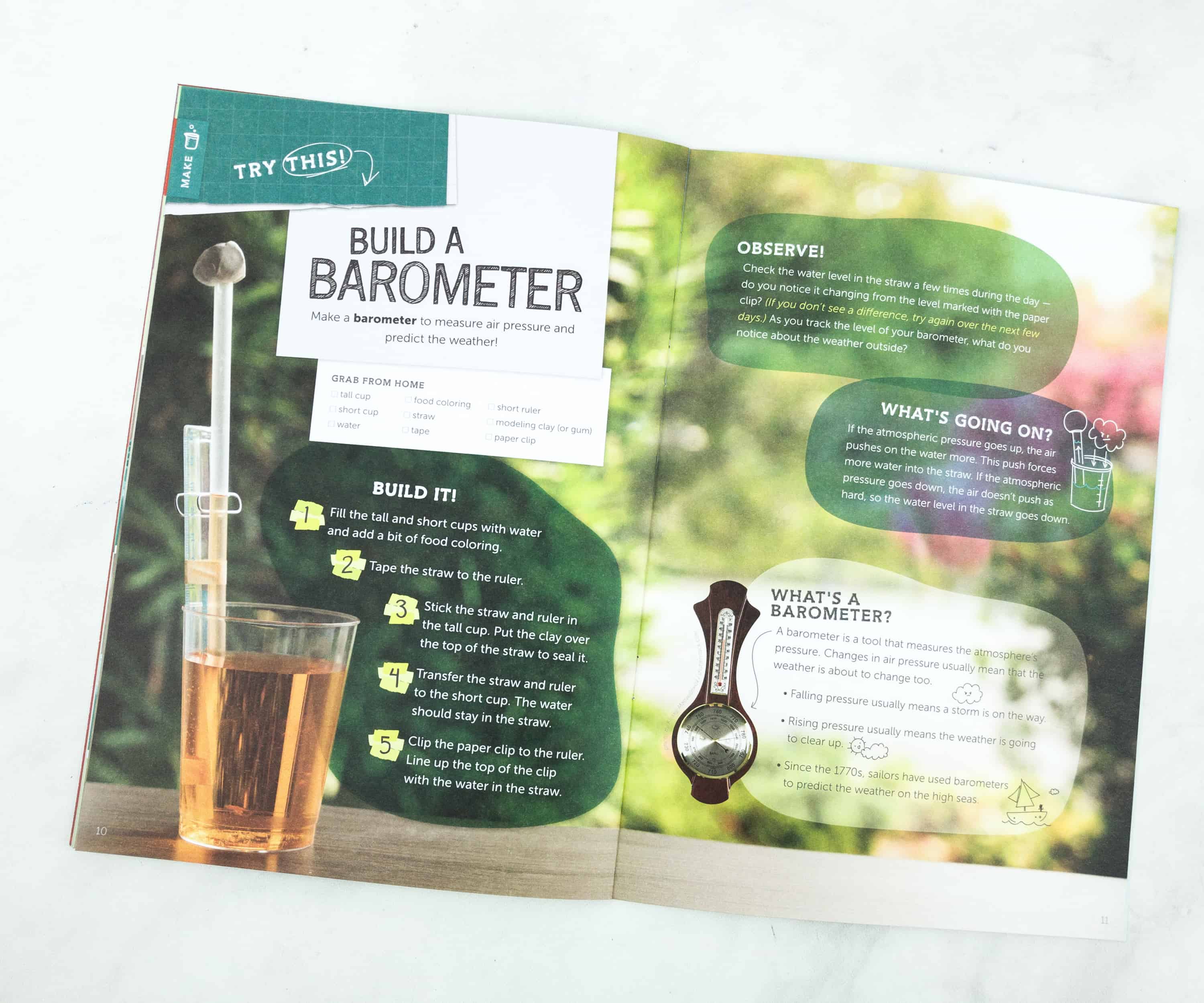
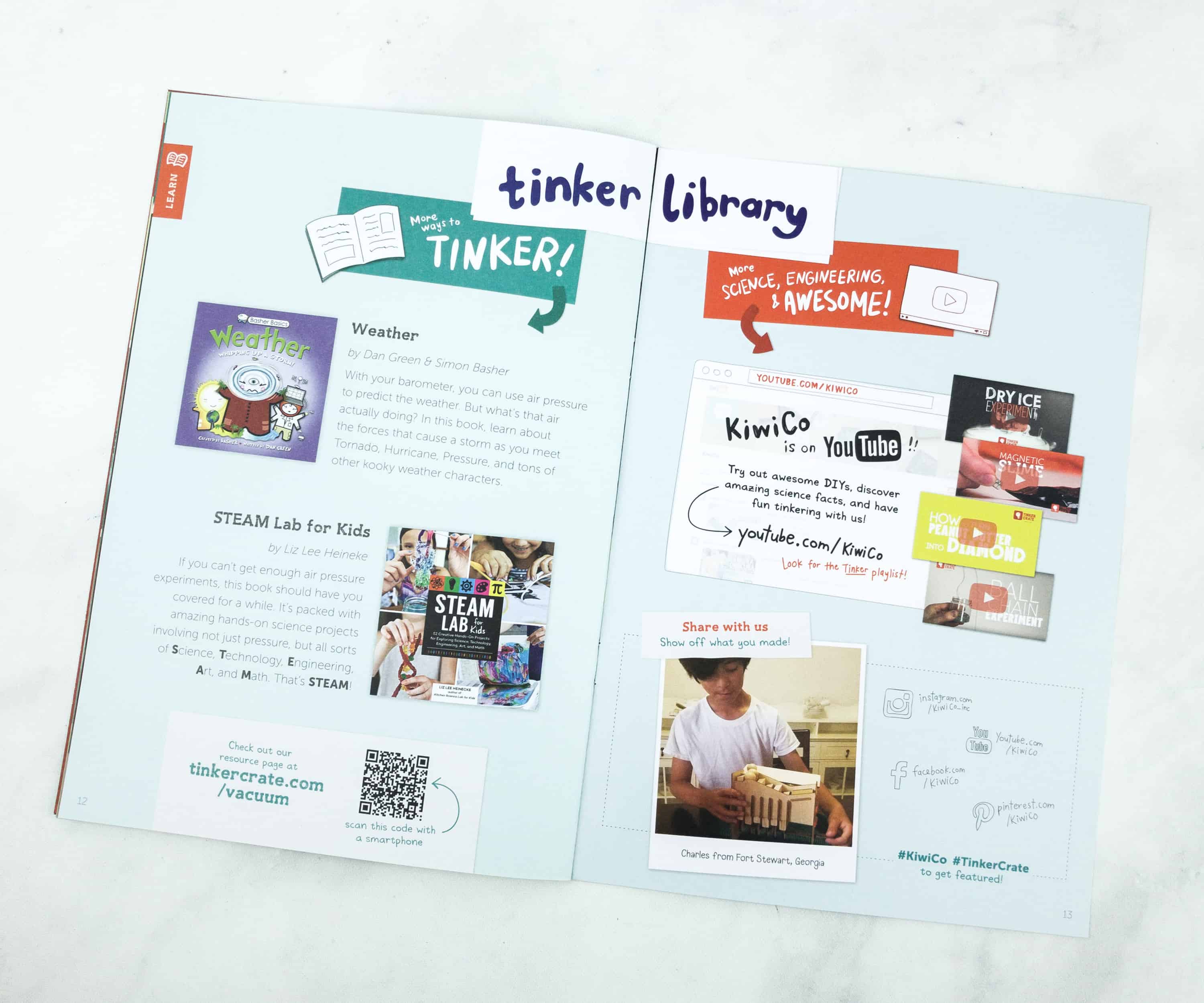




Comments